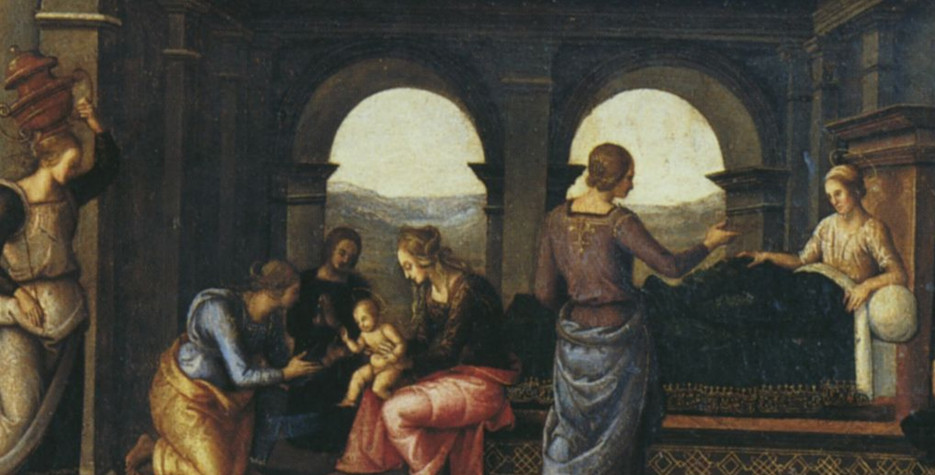Day of Extremadura in Extremadura
At the beginning of the 14th century, the Virgin Mary appeared to a humble cowboy named Gil Cordero who was searching for a missing animal in the mountains. Cordero claimed that the Virgin had ordered him to ask priests to dig at the place of her apparition. The priests rediscovered the hidden statue and built a small shrine around it which became the nucleus of the Royal Monastery of Santa María de Guadalupe.
Since the appearance of the Virgin in the Sierras de Guadalupe, locals have seen her as the Mother and Patroness of the entire Extremadura region. In March 1907, the patronage of Our Lady of Guadalupe over Extremadura was declared. In addition, since 1928, she has held the title of Queen of Spain or Hispanidad.
Although the veneration of the Extremaduran patron comes from yesteryear, it was only in 1985 when it was decided that Extremadura Day would take place on the same date as the celebration of the popular festival of Santa María de Guadalupe.
When is the Nativity of the Blessed Virgin Mary?
This holiday is always celebrated on September 8th. It is a national holiday in Malta, and is known as the 'Feast of Our Lady of Victories'. It is a regional holiday in Spain in Asturias, Melilla, and Extremadura. It is also the national day of Andorra (Meritxell Day) and is a public holiday in Liechtenstein.
In the Philippines in 2019, President Rodrigo Duterte has signed a law declaring September 8th of every year as a special working holiday nationwide to commemorate the Feast of the Nativity of the Blessed Virgin Mary.
This day marks the Feast Day of the Nativity (birth) of the Virgin Mary, the mother of Jesus.
History of the Nativity of the Virgin Mary
The date of birth of Mary is not recorded in the bible. The earliest writings about her life come from the 'Protoevangelium of James' which was written in the 2nd century AD. In this, her father is said to be Joachim, a member of one of the Twelve Tribes of Israel and his wife is Anne.
Though it's not sure which date was decided first, the nativity of Mary is not surprisingly exactly nine months after the feast of the Immaculate Conception of Mary (December 8th).
This feast day originated in Jerusalem in the 5th century as the feast of the Basilica of Saint Anne, which was said to have been built on the shepherd's field that was said to have been the home of Mary's parents.
By the seventh century, the feast was being celebrated by the Byzantines and it was brought to Rome during the 7th century by Eastern monks. It would be a few more centuries before it became a feast day across Western Europe.
Another important feast day for Mary is Assumption Day (August 15th) which marks the assumption of her body into Heaven. This is seen as the most important feast day for Mary and observed in many countries as a public holiday. Due to the closeness of the dates of Assumption and the Nativity of Mary, the latter is not as widely celebrated as it once was.
Christians normally celebrate the day on which saints died to mark the beginning of their eternal life. There are three exceptions - Jesus Christ, the Virgin Mary, and Saint John the Baptist. Their births are also feast days as all three were born without Original Sin.


